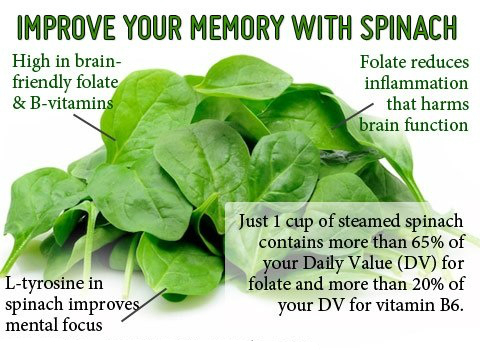Does green tea stain the teeth? Unfortunately, the answer is yes, say oral health experts. Here’s how to prevent the damage.
Nobody debates it and wellness gurus swear by it. We’re talking about the health benefits of green tea. But who would have thought that while looking chic sipping multiple cups of this beverage, one can get his/her teeth stained in the bargain? Not very chic after all, right? Well fret not, as you can correct the damage and prevent it too. Read on to know how…
Riddhima Choudhary (name changed) a call centre employee in her mid-20s was habituated to drinking green tea frequently, around four cups a day since two years now. She did so as she worked around the clock. This had stained her teeth because of which she was not confident about her smile. She wondered why her teeth were getting stained, until she visited a dentist who pointed out the probable cause.
Green tea does stain the teeth
Considering its popularity, not many are aware that green tea can stain the teeth. “Green tea today is the most consumed beverage amongst youngsters and adults specially women as it contains essential nutrients which are very low in calories and high in antioxidants. Two cups of green tea is healthy, but when you tend to turn something into habit and increase the amount of intake there are some drawbacks which otherwise could be cumbersome. Excessive intake would not damage the teeth to that extent but does dampen the teeth mildly. It can change the natural white colour of your teeth to a more yellow and stained appearance,” opines cosmetic dentist Dr Karishma Jaradi.
How does it happen?
Not just green tea, the same can be said for herbal teas as well, though their staining properties is lesser than that of black tea. Agrees dentist Dr Rani Shah saying, “I definitely agree, tea in general is a hard-hitter for stains. Green tea contains plant compounds known as tannins which increase the staining potential of teeth although to a lesser degree than black tea.” But how and why do teas in general stain the teeth? “Such beverages are acidic in nature and increase the porosity of the enamel (outer layer) of teeth. This makes it easier for the pigmented molecules found in teas to adhere to the enamel and therefore cause staining,” she explains.
Other foods and drinks that stain the teeth
Caffeine in coffee has a corrosive effect on the tooth enamel. In addition, the acid in coffee can contribute to the wearing away of enamel, which exposes the yellower layer beneath it called dentin. Some other drinks which are high in acidic in nature are orange juice, tea, tomatoes and other citrus juices. Cola, wine, sauces like soy, tomato and curry sauce also tend to stain teeth. Smoking also causes staining and discolouration of the teeth due to the nicotine present in it. Both red as well as white wine too can stain the teeth. Excessive intake of sugar can lead to tooth staining, warns Dr Jaradi.
Treating the damage
Stains are normally removed by a dental procedure called Oral Prophylaxis which includes scaling and polishing of the dentition. This is a one-sitting procedure which should be done every six months along with a routine checkup. However, it is not to be treated a substitute for daily brushing and flossing, says Dr Shah.
One could also opt for teeth whitening, an hour-long one-time procedure. However, some things that need to be kept in mind are that no two people are alike and the procedure may work faster for one person than another. Also, teeth whitening costs will range from dentist to dentist and patient to patient depending on the difficulty and severity of the case.
Preventing the damage
Dr Jaradi lists the following guidelines:
- Flossing at home is one of the immediate preventions for teeth staining. It also helps in limiting plaque.
- Rinsing the mouth with water is advisable after consuming tea/coffee/green tea.
- Whitening strips or toothpaste can also be used to remove stains.
- Proper dental care which includes brushing, flossing and rinsing after meals will definitely assist in stain removing stains.
- If discolouration of teeth appears to be of an abnormal colour without a logical explanation it is advisable to see your dentist.
Source: Dna India







.jpg)


